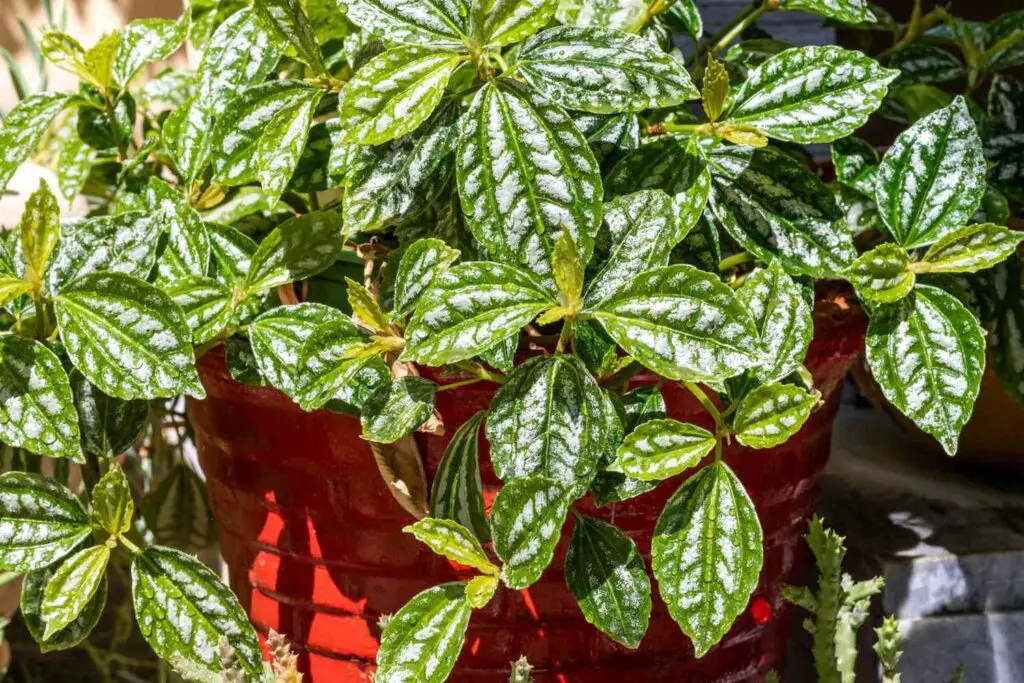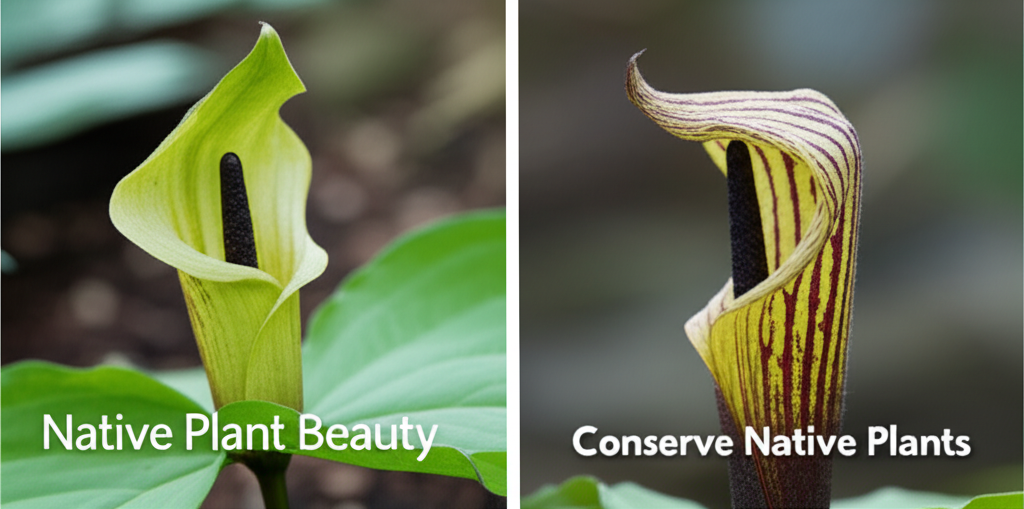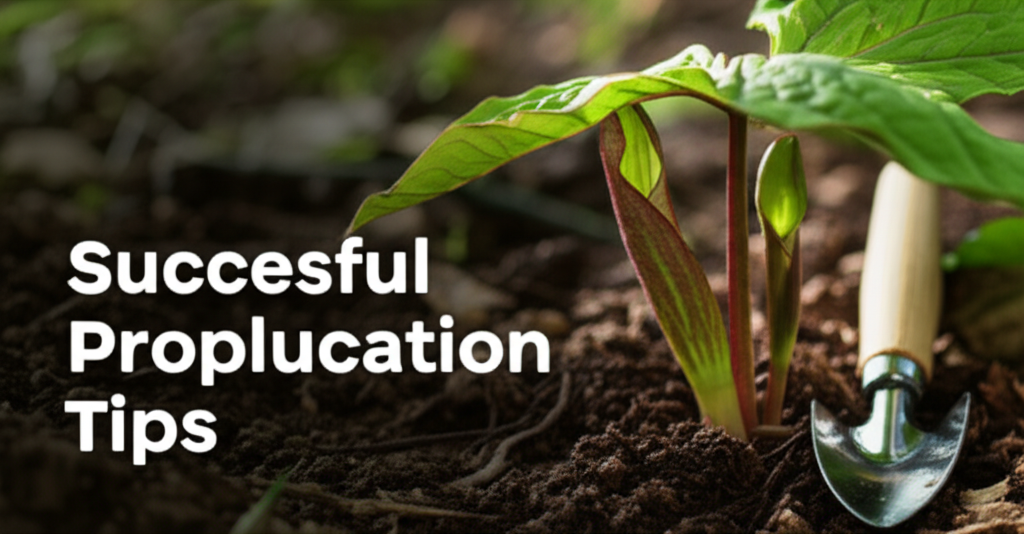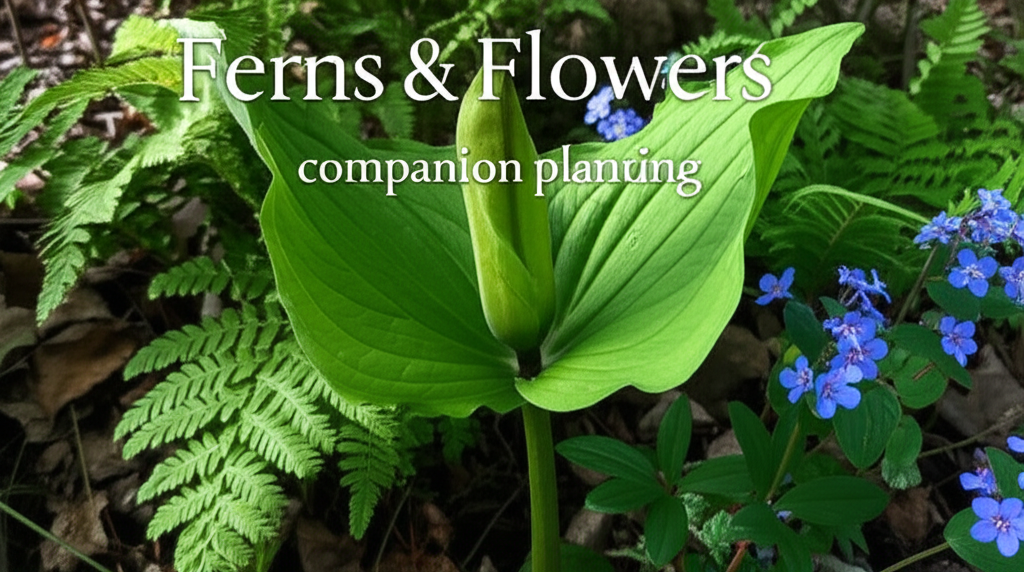To identify a red leaf bush, examine the shape and texture of the leaves and check for any distinctive features such as thorns or flowers. Red leaf bushes may also have red stems or veins on the leaves.
Red leaf bushes are a striking addition to any garden or landscape. With their vibrant, eye-catching foliage, they add a pop of color and interest to any space. However, with so many different types of bushes and shrubs out there, it can be challenging to identify which one is a red leaf bush.
In this article, we’ll go over some tips and tricks for identifying red leaf bushes, including what to look for in terms of leaf shape, texture, and other identifying features. Whether you’re a seasoned gardener or a beginner, this guide will help you identify and appreciate the beauty of these stunning plants.
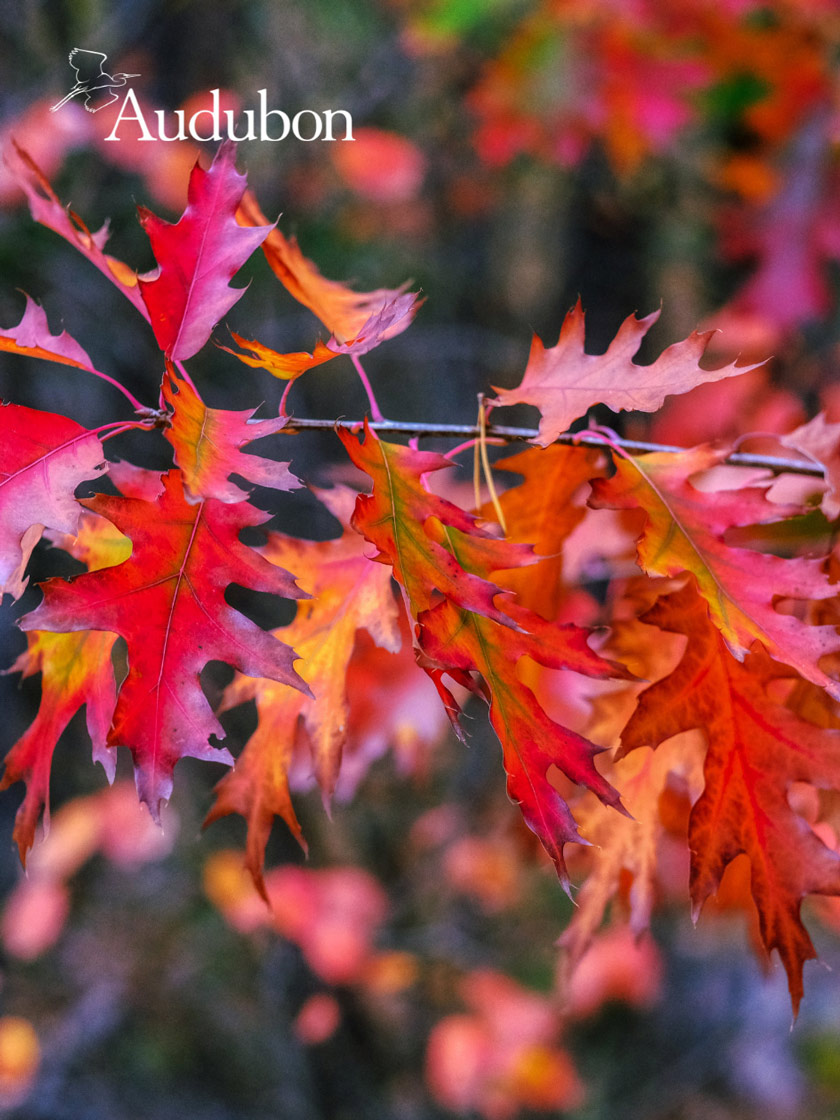
Credit: www.gardeners.com
Characteristics Of Red Leaf Bushes
Red leaf bushes are striking plants that create a burst of vibrant color in any garden. They come in different shapes, sizes, and shades of red, making them a favorite among gardening enthusiasts. This simple guide offers insights into identifying different types of red leaf bushes based on their physical characteristics.
Appearance And Physical Features
Red leaf bushes have distinct appearances and physical features that set them apart from other plants. Here are some key points to consider:
- Red leaf bushes typically have deep red or maroon leaves that are either smooth or hairy to the touch.
- The leaves can come in different shapes, including oval, pointed, lobed, or heart-shaped, and range in size from tiny to several inches in length.
- Some red leaf bushes have multicolored leaves that are green on one side and red on the other.
- The bushes can grow to different heights, from a few inches up to several feet, and they come in various forms such as round, oval, or cascading.
- They usually bloom in late spring or early summer, producing small clusters of pink, red, white, or purple flowers.
- Some red leaf bushes produce fruits such as berries, which are also distinct in shape and color.
Common Types Of Red Leaf Bushes
There are many varieties of red leaf bushes, but some of the most common types include:
- Japanese barberry (berberis thunbergii): This low-maintenance shrub has bright red or burgundy leaves, sharp thorns, and small yellow flowers that turn into red berries.
- Crimson pygmy barberry (berberis thunbergii ‘crimson pygmy’): This small, globe-shaped bush has deep burgundy-colored leaves that turn to bright red in the fall.
- Japanese maple (acer palmatum): This slow-growing tree or shrub has delicate, lacy leaves that turn deep red or burgundy in the fall.
- Smoke bush (cotinus coggygria): This ornamental tree or shrub has large, fuzzy leaves that turn bright red, orange, or purple in the fall. It also produces smoky pink or purple flowers that look unique and eye-catching.
How To Distinguish Red Leaf Bushes From Other Plants
It’s essential to know how to differentiate red leaf bushes from other plants, especially those with similar characteristics. Here are some tips:
- Look for the deep red or maroon color in the leaves, as this is unique to red leaf bushes.
- Pay attention to the shape and size of the leaves and compare them to pictures of known red leaf bush varieties.
- Observe the flowers and berries produced by the plant, as these can also be distinct markers.
- Check the height, form, and overall appearance of the plant, as red leaf bushes tend to have a specific growth pattern and shape.
Identifying red leaf bushes based on their physical characteristics is simple yet crucial for gardening enthusiasts and plant lovers. By considering factors such as appearance, common types, and distinguishing features, one can easily differentiate these eye-catching plants from others. So, the next time you spot a deep red bush in your garden, you’ll know exactly what it is!
Identifying Red Leaf Bushes In Different Seasons
Red leaf bushes come in different sizes and shades of red, making them a popular choice among garden enthusiasts. But, when it comes to identifying them in different seasons, it can be challenging. This guide will help you identify red leaf bushes in spring, summer, fall, and winter, ensuring your garden looks beautiful all year round.
Identifying Red Leaf Bushes In Spring
Spring is when red leaf bushes come back to life, and their leaves start to grow. Here’s how to identify them in this season:
- Look for red buds: Red leaf bushes develop small red buds that eventually turn into leaves. Keep an eye out for these, as they’re a good sign of the plant’s growth stage.
- Check for red or pink leaves: As the leaves start to grow, they may have a red or pink tint. Don’t confuse this with diseased leaves; it’s a natural part of the plant’s growth process.
Identifying Red Leaf Bushes In Summer
Summer is the season when red leaf bushes’ leaves reach their full potential. Here are some tips for identifying them in this season:
- Look for vibrant red leaves: The leaves of red leaf bushes turn a deep, rich red in the summer. When identifying them, look for this vibrant color.
- Check the size: Red leaf bushes can grow to be quite large. If you notice a bush with red leaves and it’s larger than most others, it’s quite possibly a red leaf bush.
Identifying Red Leaf Bushes In Fall
Fall is when red leaf bushes are at their most beautiful. The leaves take on a brighter red color before finally falling off. If you’re trying to identify a red leaf bush during this season, look for the following:
- Check for bright red leaves: During the fall, the leaves become even brighter than in the summer, making them easy to spot.
- Look for smaller bushes: As the fall progresses, the leaves start to fall off, making it easier to see the bush’s size. Red leaf bushes tend to be smaller than other types of bushes, typically growing to be about six feet tall.
Identifying Red Leaf Bushes In Winter
Winter is the most challenging season to identify red leaf bushes, as they lose all of their leaves. However, there are still a few things you can look for:
- Check for red stems: Even in the winter, the stems of a red leaf bush remain red. Look for these when trying to identify a bush in the winter.
- Look for shrubs with a unique branch structure: Red leaf bushes often have a unique branch structure, which sets them apart from other bushes. Try to note this characteristic when identifying them in the winter.
Identifying red leaf bushes in different seasons can be challenging, but with these tips, you’ll be able to identify them with ease. Remember to look for red buds in the spring, vibrant red leaves in the summer, bright red leaves in the fall, and red stems with unique branch structure in the winter.
With this guide, you can enjoy the beauty of red leaf bushes all year round.
Where To Find Red Leaf Bushes
Red leaf bush identification: a simple guide for gardeners and enthusiasts
Red leaf bushes are a stunning addition to any garden. They come in different varieties with varying hues of red. These plants are relatively easy to care for, making them a popular choice for gardeners and enthusiasts alike. In this guide, we’ll take you through the various native habitats and types of red leaf bushes, how to identify them in different locations and provide tips on recognizing specific types of red leaf bushes in specific environments.
Native Habitats And Regions Where Red Leaf Bushes Grow
Red leaf bushes are native to regions with temperate climates. Some of the regions where these plants grow naturally include:
- North america – california, the pacific northwest, and new england are some of the regions where red leaf bushes tend to thrive.
- Europe – these plants grow extensively in central and northern europe.
- Asia – they can be easily found in northern and central asia.
How To Identify Red Leaf Bushes In Different Locations
Red leaf bushes have distinct identifying features that make them stand out. Some of these features include:
- Reddish leaves – leaves are the most obvious feature of these plants. They come in shades of red, including maroon, crimson, and scarlet.
- Bushy structure – red leaf bushes tend to be bushy, and they grow to a height of about 6 to 8 feet.
- Flowers and fruits – these plants often have bright yellow or pinkish flowers that bloom in the spring and summer. The flowers later turn into berries that are either red or black in color.
How To Recognize Specific Types Of Red Leaf Bushes In Specific Environments
There are several different types of red leaf bushes, and they can differ in appearance in specific environments. These plants include:
- Japanese maple – these plants have a distinct shape and size. The leaves are usually small and well-rounded, and they have a lacy appearance.
- Barberry – barberry bushes have small spiky leaves with thorns. The bush is typically small and compact.
- Burning bush – also known as euonymus alatus, these plants have corky wings that run along the stems. The leaves of the bush have a brilliant orange-red color in the fall.
Red leaf bushes are a must-have in any garden. Knowing where to find them and how to identify them in different locations, as well as recognizing specific types of red leaf bushes in specific environments, can help you enrich your garden with these striking plants.
Tips For Caring For Red Leaf Bushes
Red leaf bushes are a beautiful addition to any garden or yard, adding a pop of vibrant color amidst the greenery. However, their unique appearance also requires specific care to keep them healthy and thriving. In this section, we’ll explore some of the essential tips for caring for red leaf bushes, including best practices for pruning and trimming, common pests and diseases to look out for, and recommended fertilizers and watering frequencies.
Best Practices For Pruning And Trimming
Proper pruning and trimming can enhance the growth and appearance of red leaf bushes, encouraging new growth while keeping their shape and size under control. Here are some tips to keep in mind when pruning and trimming red leaf bushes:
- Prune red leaf bushes during the late winter or early spring before the new growth begins.
- Use clean, sharp pruning shears to make clean cuts, minimizing damage to the plant.
- Remove any dead or damaged branches or leaves first, then trim for shape and size.
- Avoid cutting back more than a third of the plant at once.
- Cut at an angle, following the natural shape of the branch for a cleaner look.
- Regularly pruning encourages more growth and brighter color, but avoid pruning too much in one session.
Common Pests And Diseases To Look Out For
Red leaf bushes are susceptible to several pests and diseases that can harm their appearance and growth. It’s essential to keep an eye out for these common issues to take necessary action promptly. Here are some pests and diseases that red leaf bushes are prone to:
- Spider mites: These tiny pests can cause leaf loss and discoloration, usually appearing as tiny dots on the leaves’ undersides.
- Aphids: These bugs suck sap from the leaves, causing yellowing and distortion.
- Anthracnose: This fungal disease causes black spots on the leaves, which can spread and cause defoliation.
- Powdery mildew: This fungus causes a white powdery film on the leaves and can lead to leaf drop.
Preventing these pests and diseases involves maintaining good plant care practices like providing enough sunlight, adequate drainage, and proper pruning. If issues arise, try natural remedies like neem oil, insecticidal soap, or a fungicide, or seek professional help if necessary.
Recommended Fertilizers And Watering Frequency
Like all plants, red leaf bushes need proper nourishment to stay healthy and vibrant. Here are some recommendations for fertilizers and watering frequencies that work well for red leaf bushes:
- Fertilize in the spring and summer with a balanced, slow-release organic fertilizer.
- Water red leaf bushes regularly, ensuring the soil never becomes waterlogged or too dry between watering. One to two inches of water per week is ideal, depending on the plant and location.
Red leaf bushes are a unique and beautiful addition to any garden, but their care requires unique considerations. By following these tips for pruning and trimming, watching out for common pests and diseases, and providing proper nourishment, you can keep your red leaf bushes healthy and vibrant year-round.
Frequently Asked Questions For Red Leaf Bush Identification
What Is A Red Leaf Bush?
A red leaf bush is a type of shrub with leaves that are predominantly red, burgundy, or maroon in color. They usually grow to a height of 3 to 6 feet and have small, inconspicuous flowers.
What Are The Common Types Of Red Leaf Bushes?
There are several common types of red leaf bushes, including the red-twig dogwood, barberry, and nandina. Other types include the japanese maple, smoke bush, and purple leaf sand cherry.
How Do I Identify Red Leaf Bushes?
Red leaf bushes can be identified by their reddish leaves, which can range from deep burgundy to bright red. They typically have small flowers that are not very noticeable, and their branches are often twisted or gnarled.
What Is The Best Location To Plant A Red Leaf Bush?
Red leaf bushes prefer a location with well-draining soil that is rich in organic matter. They also require full sun to partial shade and should be planted in an area that is protected from strong winds.
How Often Should I Water A Red Leaf Bush?
Red leaf bushes require regular watering, especially during dry spells or hot weather. It is best to water them deeply once a week rather than giving them sporadic, shallow watering. This helps ensure that the water reaches its roots.
Conclusion
As you can see, identifying a red leaf bush can be a tricky task. However, armed with the right knowledge and tools, you can identify these beautiful plants with confidence. Keep in mind the key distinguishing features such as the shape of the leaves, the color of the stems, and the overall growth habit.
Using a field guide or an online resource can also be helpful in narrowing down your options. Remember to also consider the location and climate in which the plant is growing, as this can greatly affect its appearance. With all these factors in mind, you’ll be well on your way to correctly identifying any red leaf bush that comes your way.
So next time you’re out in nature, keep a lookout for these stunning plants and impress your friends and family with your newfound plant identification skills!
